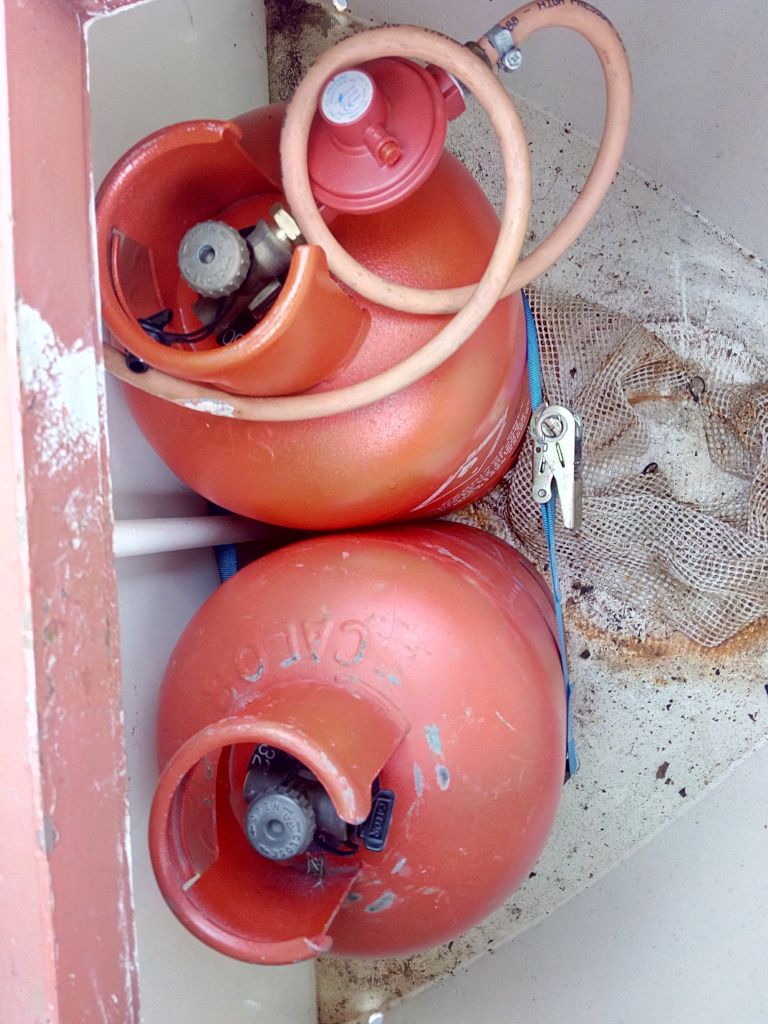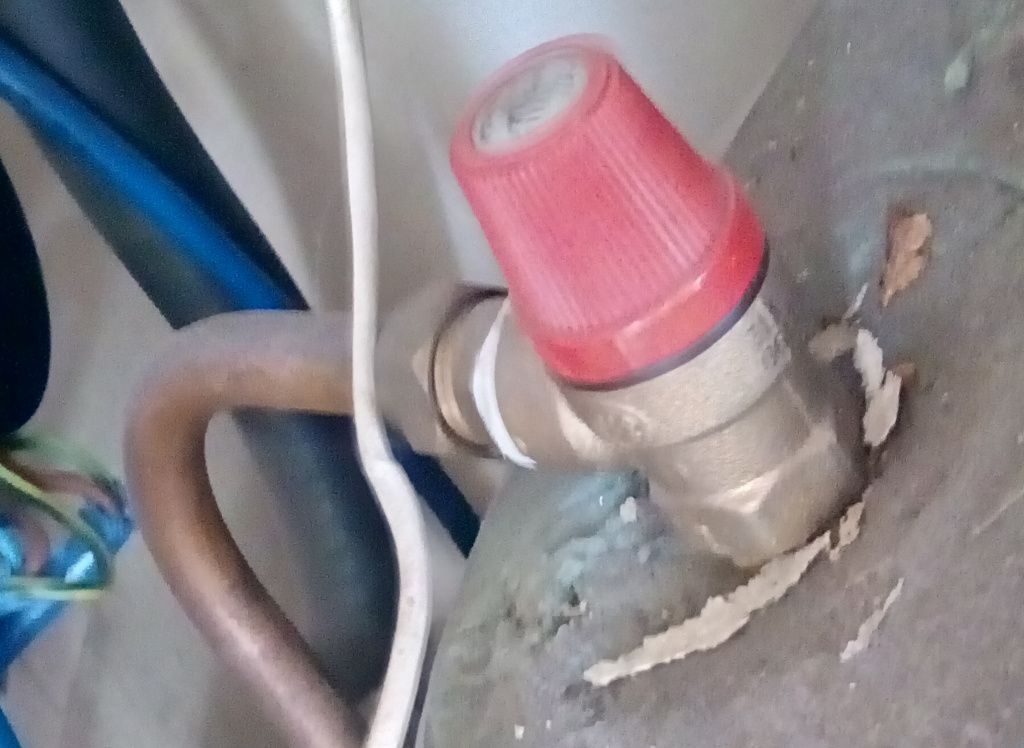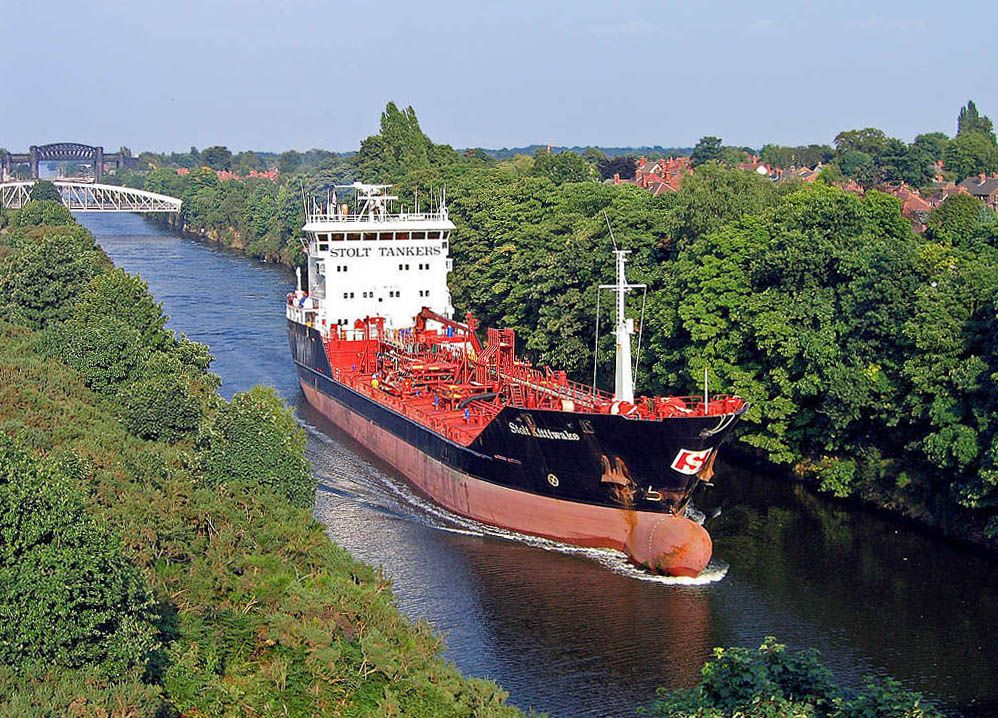The rules on securing gas bottles haven't changed, to my knowledge, in the 13 years since I first put a boat through the BSS. It is always best to go to the source document for the requirements for private boats, rather than go by what different people tell you are the requirements, including me and definitely including BSS examiners. Different examiners have their own interpretation of the rules, which can be sometimes rather creative shall we say.
Section 7.1 covers LPG cylinder storage and 7.4.1 covers securing said cylinders. Basically the cylinders must be prevented from moving, so they can't damage hoses, regulators and so on, which could lead to a leak. How that is achieved is up to you, but the examiner must also agree that it complies. Jamming in enough bottles so they can't budge could be said to do this, but you may have to argue it with an examiner, who is more used to seeing chains, ratchet straps etc. I'd imagine some examiners would not be open to the idea that lots of cylinders jammed in to a small space fulfils this, then you'd have to argue it with the BSS head office and maybe still not get a pass, plus the cost of a retest.
Easiest to fit some securing straps, or chains as they are expecting. No argument then. How hard can that be? Better to get the brackets for the securing arrangement welded (with the bottles removed!) to the inside of the locker. Problem solved. Bolting something through the locker is not such a good idea as BSS examiners don't like unexpected holes in the locker, except for the drains, even if they are filled with a bolt.
Jen









